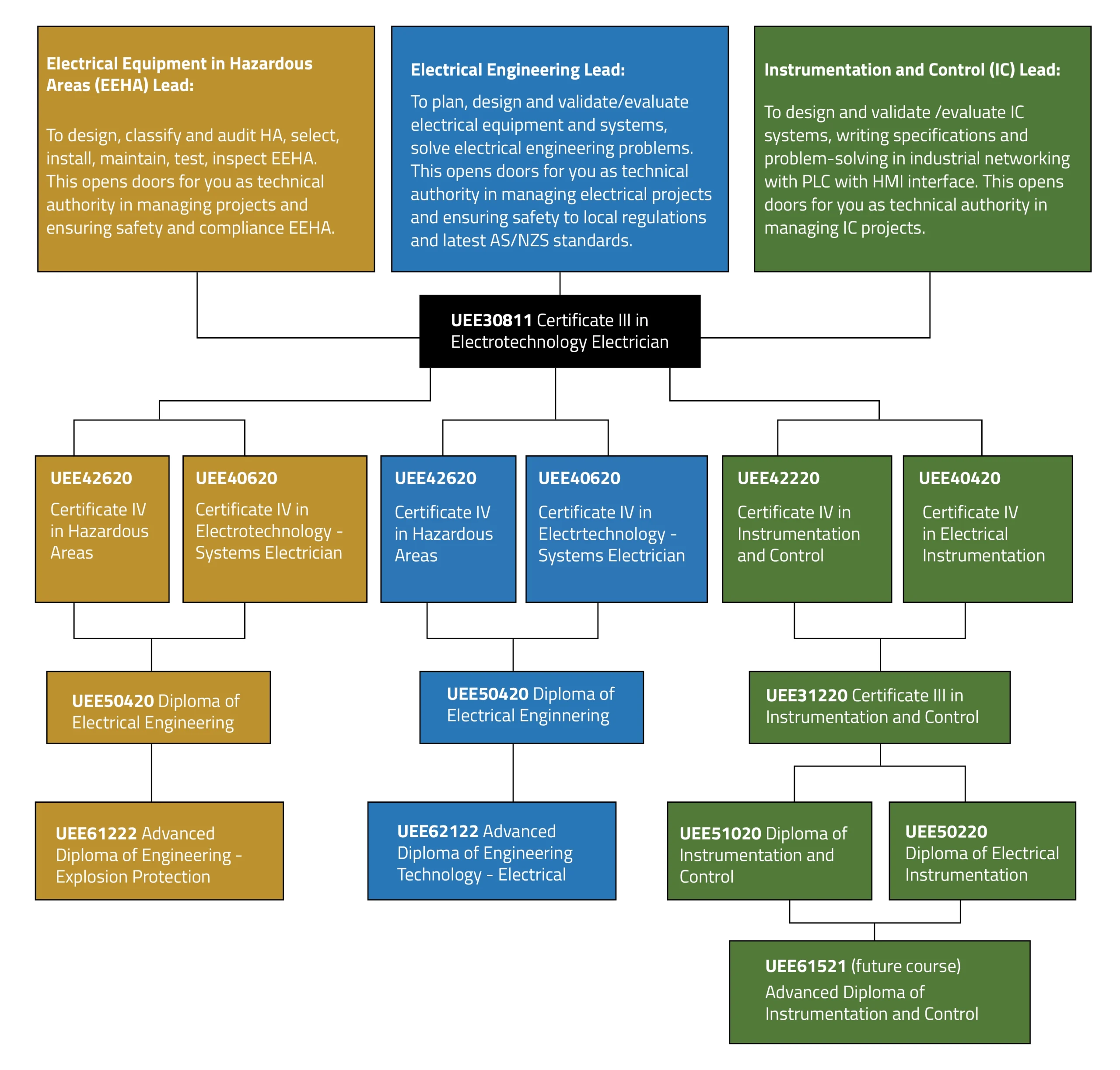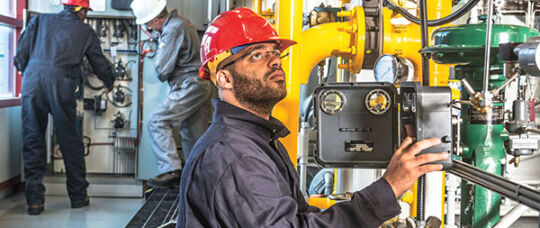Roar Solutions Can Be Fun For Anyone
Roar Solutions Can Be Fun For Anyone
Blog Article
Roar Solutions Fundamentals Explained
Table of ContentsSome Known Facts About Roar Solutions.Indicators on Roar Solutions You Should KnowRumored Buzz on Roar Solutions
In such an atmosphere a fire or explosion is possible when three fundamental conditions are fulfilled. This is often described as the "unsafe location" or "burning" triangular. In order to protect setups from a potential explosion a method of analysing and identifying a potentially harmful area is needed. The purpose of this is to ensure the proper choice and installation of equipment to eventually prevent an explosion and to guarantee safety of life.
(https://www.40billion.com/profile/91601565)
No equipment should be set up where the surface area temperature of the devices is more than the ignition temperature of the given risk. Below are some typical dirt unsafe and their minimum ignition temperature. Coal Dust 380C 225C Polythene 420C (melts) Methyl Cellulose 420C 320C Starch 460C 435C Flour 490C 340C Sugar 490C 460C Grain Dust 510C 300C Phenolic Resin 530C > 450C Aluminium 590C > 450C PVC 700C > 450C Residue 810C 570C The possibility of the danger existing in a concentration high adequate to trigger an ignition will differ from place to area.
In order to categorize this threat an installation is split right into areas of risk depending upon the quantity of time the unsafe exists. These locations are described as Zones. For gases and vapours and dirts and fibres there are 3 areas. Area 0 Area 20 A dangerous environment is extremely likely to be present and might be present for long durations of time (> 1000 hours annually) and even constantly Zone 1 Zone 21 An unsafe environment is possible yet not likely to be existing for long durations of time (> 10 450 C [842 F] A classification of T6 means the minimum ignition temperature level is > 85 C [185 F] Dangerous location electric equipment perhaps designed for use in higher ambient temperature levels. This would showed on the rating plate e.g. EExe II C T3 Ta + 60C( This implies at 60C ambient T3 will certainly not be exceeded) T1 T1, T2, T3, T4, T5, T6 T2 T2, T3, T4, T5, T6 T3 T3, T4, T5, T6 T4 T4, T5, T6 T5 T5, T6 T6 T6 A T Class score of T1 indicates the maximum surface area temperature level created by the tool at 40 C is 450 C. Assuming the connected T Course and Temperature level ranking for the devices are ideal for the location, you can always make use of a tool with a much more rigorous Division rating than needed for the location. There isn't a clear response to this inquiry sadly. It really does rely on the kind of equipment and what repair services require to be executed. Devices with specific examination treatments that can not be performed in the field in order to achieve/maintain third celebration rating. Must come back to the manufacturing facility if it is prior to the equipment's service. Field Repair By Authorised Worker: Complicated testing might not be called for nevertheless details treatments may need to be complied with in order for the devices to preserve its 3rd party rating. Authorised personnel should be used to carry out the job correctly Repair work must be a like for like replacement. New component should be taken into consideration as a straight replacement needing no special testing of the devices after the fixing is complete. Each piece of tools with a hazardous score must be examined independently. These are outlined at a high degree listed below, but also for more detailed information, please refer directly to the standards.
Excitement About Roar Solutions
The devices register is a detailed data source of tools documents that includes a minimum set of fields to identify each product's place, technological parameters, Ex lover category, age, and ecological data. The ratio of In-depth to Close inspections will certainly be established by the Devices Risk, which is evaluated based on ignition danger (the likelihood of a resource of ignition versus the chance of a combustible atmosphere )and the hazardous location classification
( Zone 0, 1, or 2). Implementing a robust Risk-Based Evaluation( RBI )approach is critical for guaranteeing conformity and security in managing Electrical Equipment in Hazardous Areas( EEHA).
Roar Solutions - Questions

In regards to explosive threat, a harmful area is a setting in which an explosive environment exists (or might be anticipated to be existing) in quantities that require unique safety measures for the construction, setup and use of tools. eeha training. In this write-up we check out the challenges dealt with in the work environment, the danger control procedures, and the required competencies to function securely
It issues of contemporary life that we make, this page keep or handle a series of gases or fluids that are deemed flammable, and a variety of dirts that are regarded flammable. These compounds can, in certain conditions, create explosive atmospheres and these can have major and tragic repercussions. The majority of us know with the fire triangle remove any type of one of the three aspects and the fire can not occur, yet what does this mean in the context of hazardous areas? When damaging this down into its most basic terms it is basically: a combination of a particular quantity of release or leak of a certain substance or product, combining with ambient oxygen, and the visibility of a source of ignition.
In a lot of instances, we can do little regarding the levels of oxygen in the air, yet we can have significant impact on resources of ignition, as an example electrical tools. Dangerous areas are recorded on the unsafe area classification illustration and are recognized on-site by the triangular "EX-SPOUSE" sign. Below, amongst other essential details, zones are divided into 3 types depending upon the danger, the possibility and period that an eruptive ambience will certainly exist; Zone 0 or 20 is deemed one of the most unsafe and Area 2 or 22 is deemed the least.
Report this page